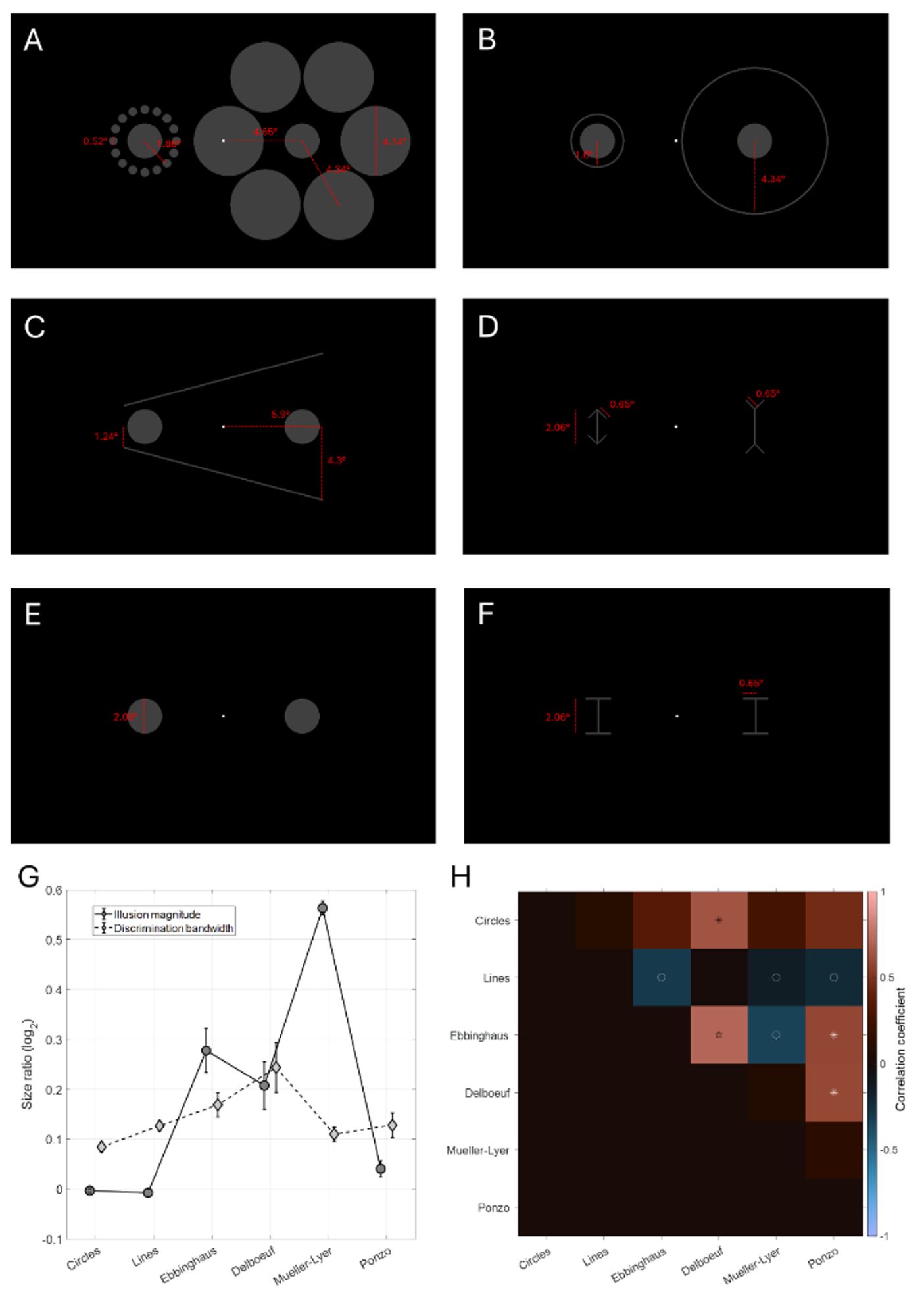Inspired by recent preprint failing to replicate some of our earlier findings, our latest study suggests: 1. Some (but obv not all) size illusions -do- share common mechanisms. 2. It really does matter -how- you measure the illusion strength. doi.org/10.1101/2024...#neuroskyence#visionscience

That's surprisingly strong BFs for such a small sample, given that we're talking about correlations across observers
I am referring to the preprint by Jastrzębowska et al: doi.org/10.1101/2023... (You may have seen me throw a couple of hissy fits about that). Not going into the discussion of that again. The point is that while measures should generalise up to a point, the experimental choices are important...

bioRxiv - the preprint server for biology, operated by Cold Spring Harbor Laboratory, a research and educational institution
We need more precisely diagramed stimuli like this!